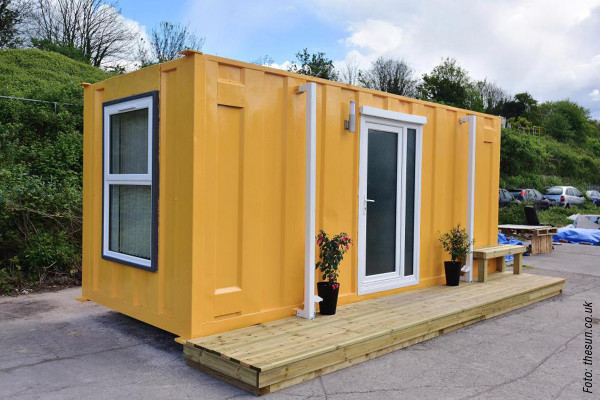I want to receive new articles by email
Floating houses for cities
By Jerry Brownstein
With a growing global population and an increase of people living in cities, high land values are causing a shortage of affordable housing in urban areas. One way of adapting to this challenge is by creating floating neighbourhoods in cities that are by the sea. In Amsterdam there is one called ‘Schoonschip’, which is Dutch for ‘clean ship’. It is a model for this type of development, and its architect says, “With Schoonschip we want to set the example, and show how living on water can be a better alternative for people and our planet.”
The 46 homes sit on floating pontoon structures that rise with the water level to keep the homes safe in the event of a tidal surge or flooding. They are designed to be self-sufficient with minimal impact on nature. Solar panels and efficient heat pumps keep the houses warm in winter. Wastewater from toilets and showers is converted back into energy, and many residents also have a green roof where they can grow their own food.
In Denmark the housing start-up Urban Rigger has responded to Copenhagen’s shortage of affordable housing by building on the largest undeveloped area of the city centre - the harbour. They have designed a modular housing system that is both economical and flexible. It is built with unused shipping containers - thus transforming industrial waste into valuable housing stock. The first model has nine containers with fifteen living spaces organized around a central courtyard, all resting upon a floating platform. The rooftops provide space for a small garden, a terrace and an array of solar panels. The standardized size of the containers makes it easy to raise or lower the number of houses in the system, and to create a variety of configurations to fit different locations. It could prove to be invaluable in providing affordable housing in the context of increasing urban density and land values. “Since urban areas struggle with high density, we should make better use of the space on the water,” says the project’s architect.






